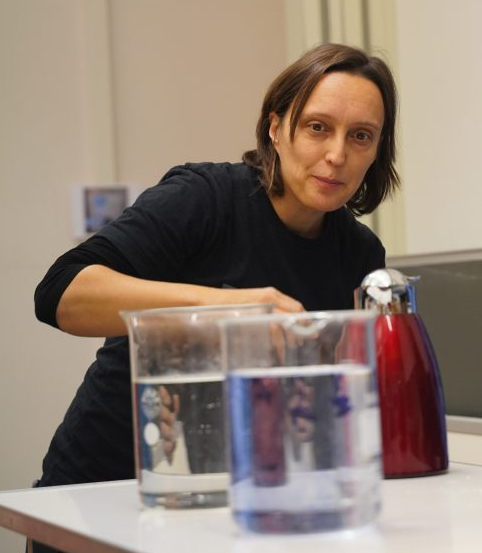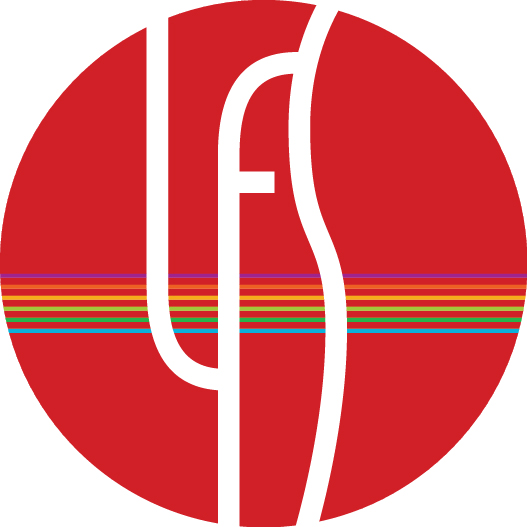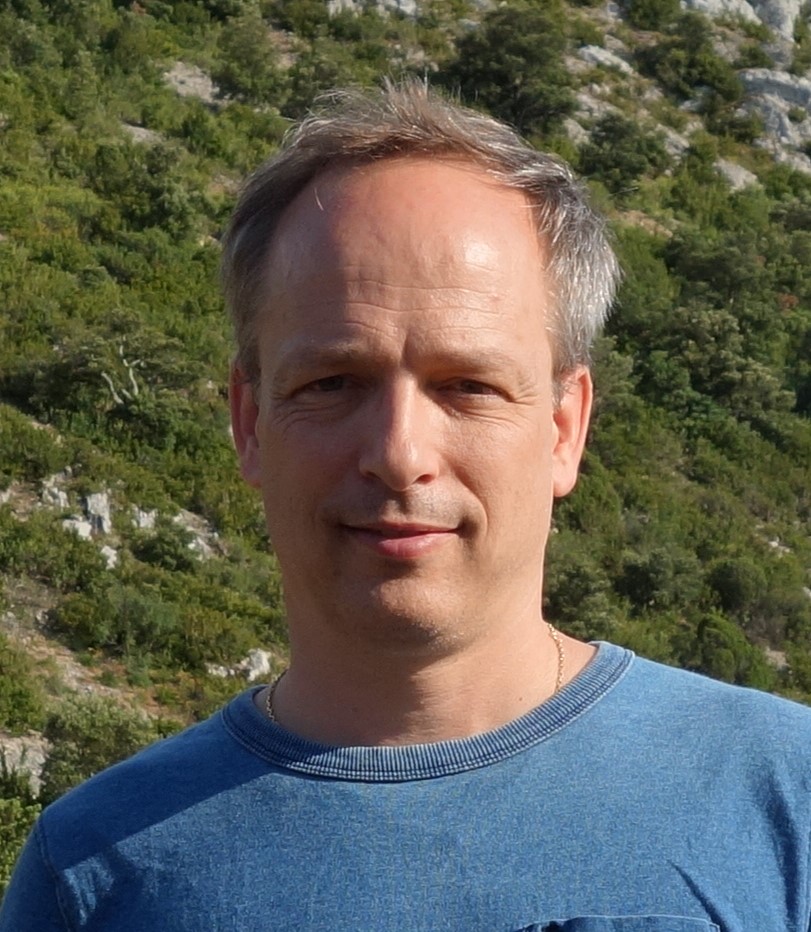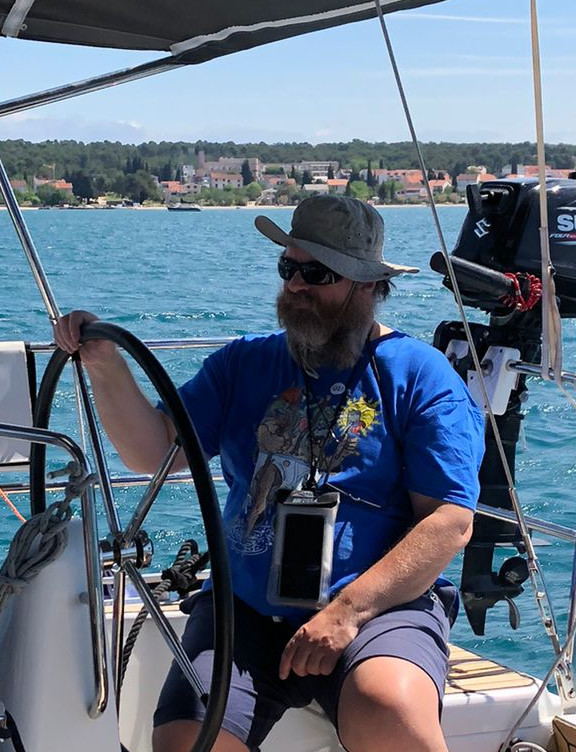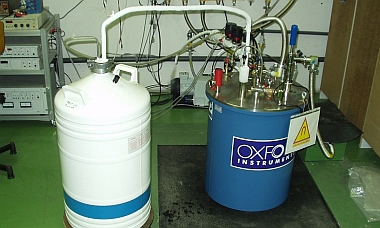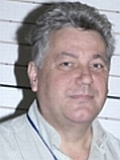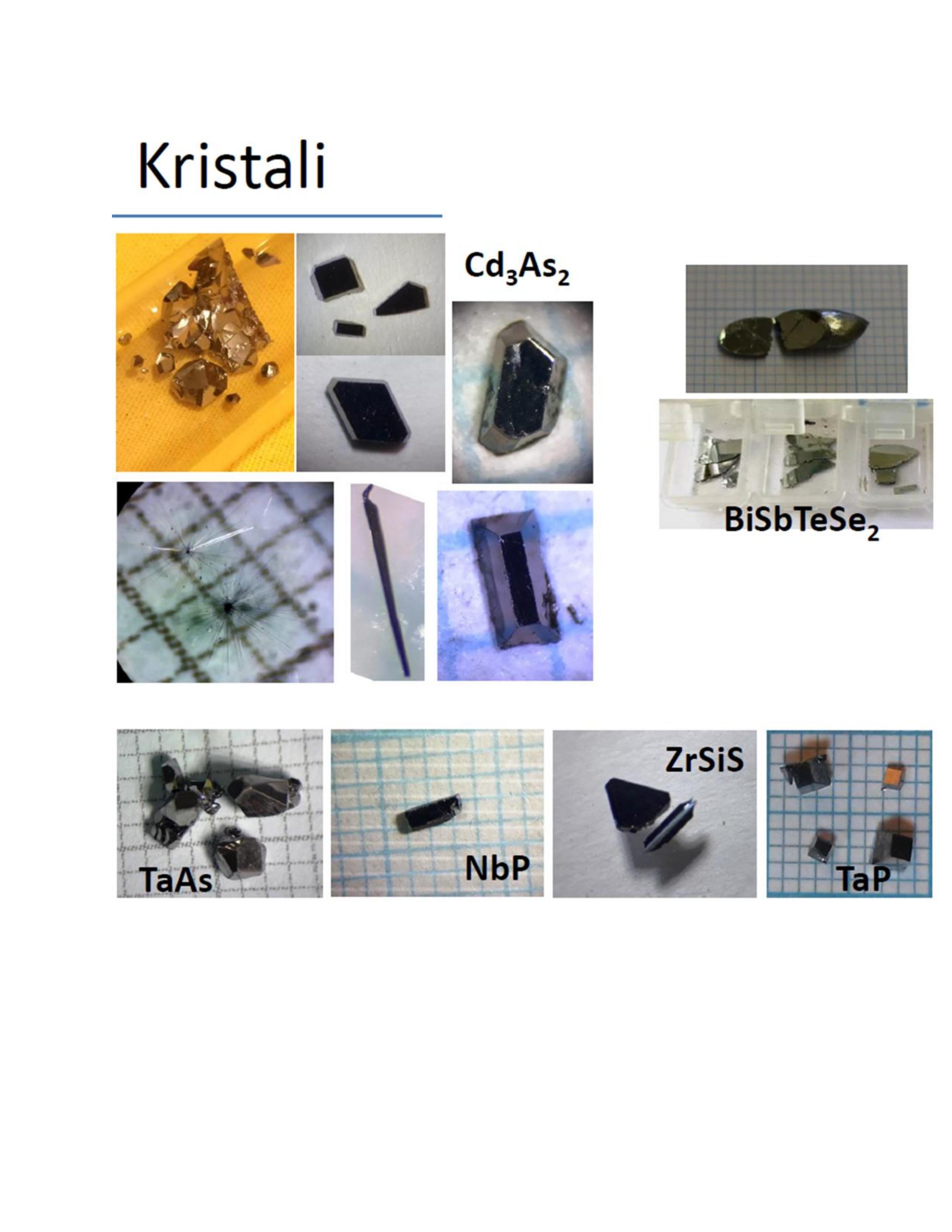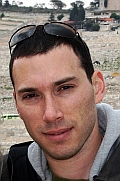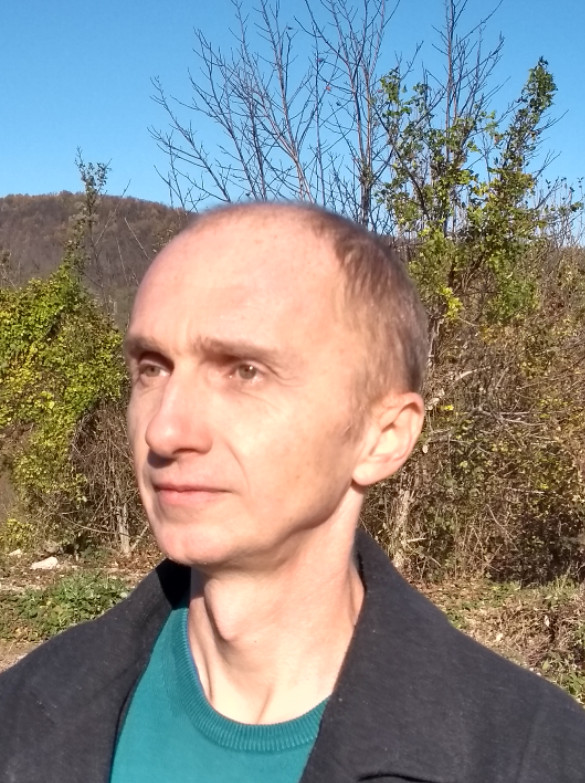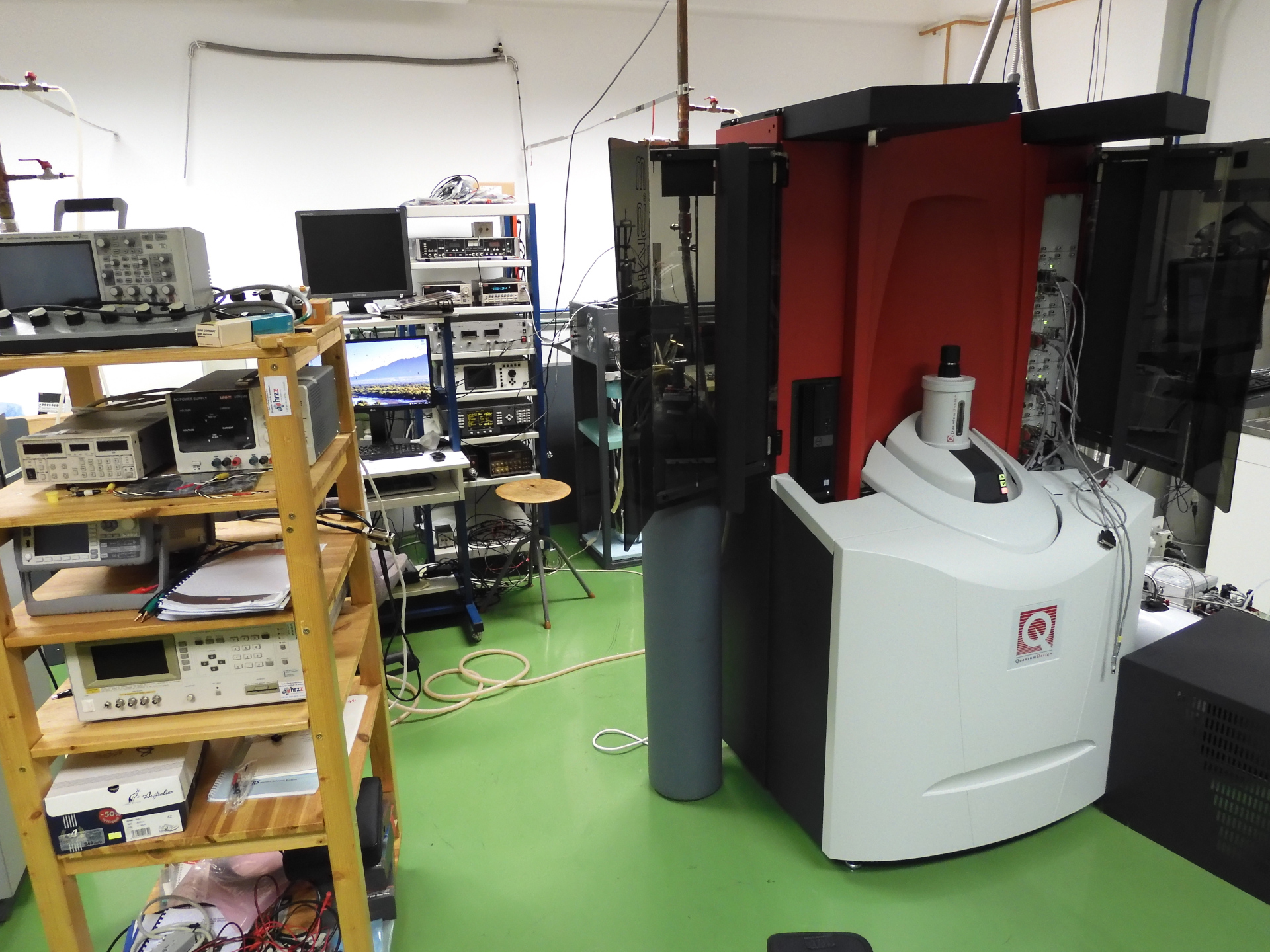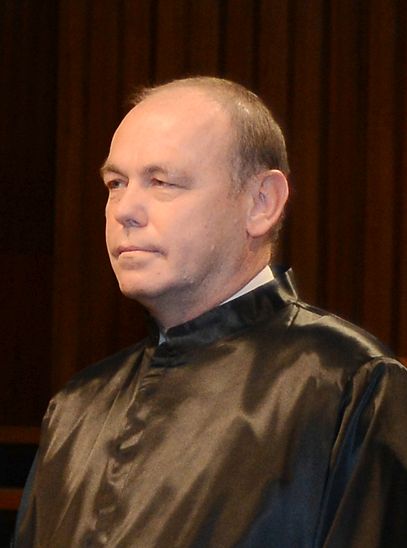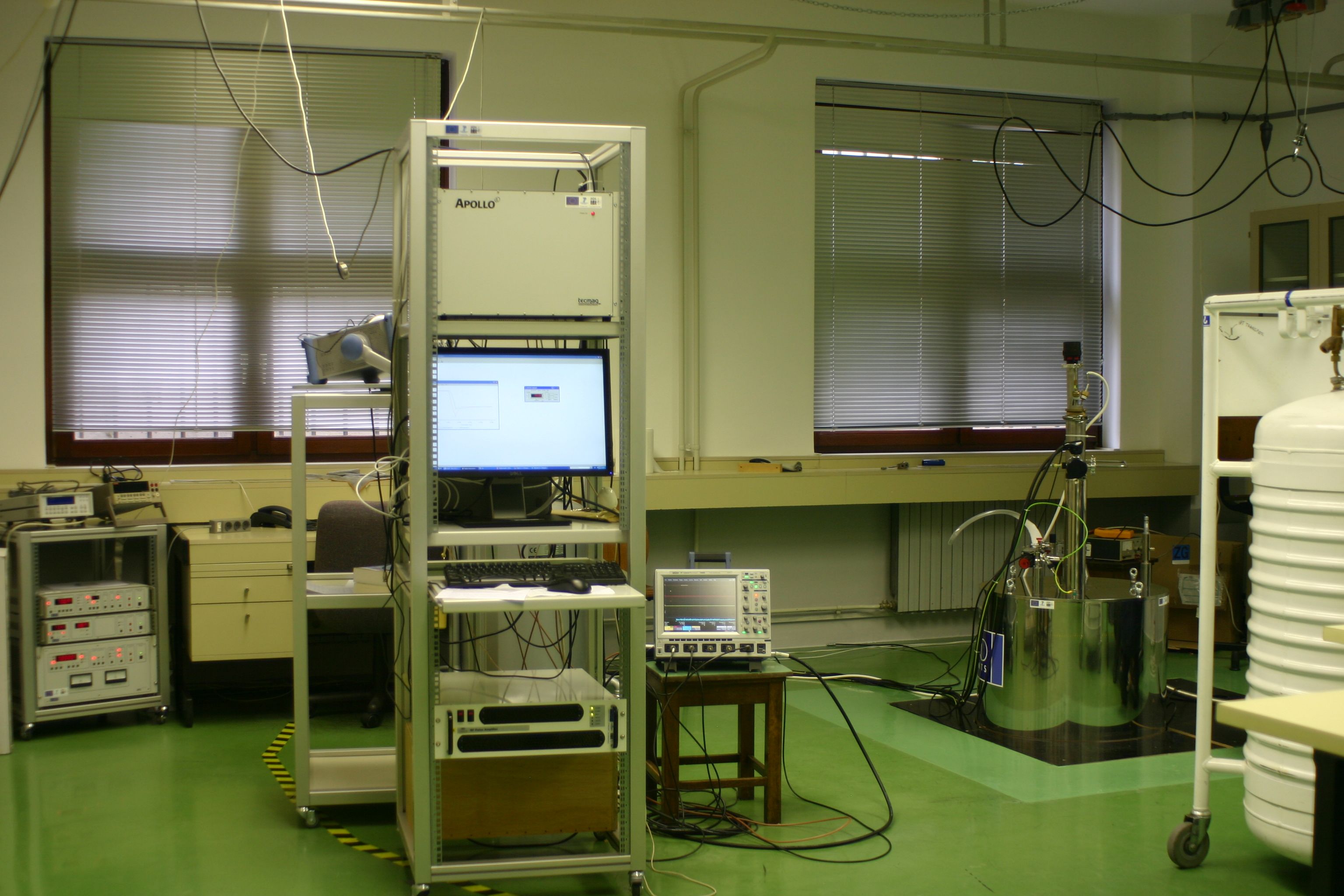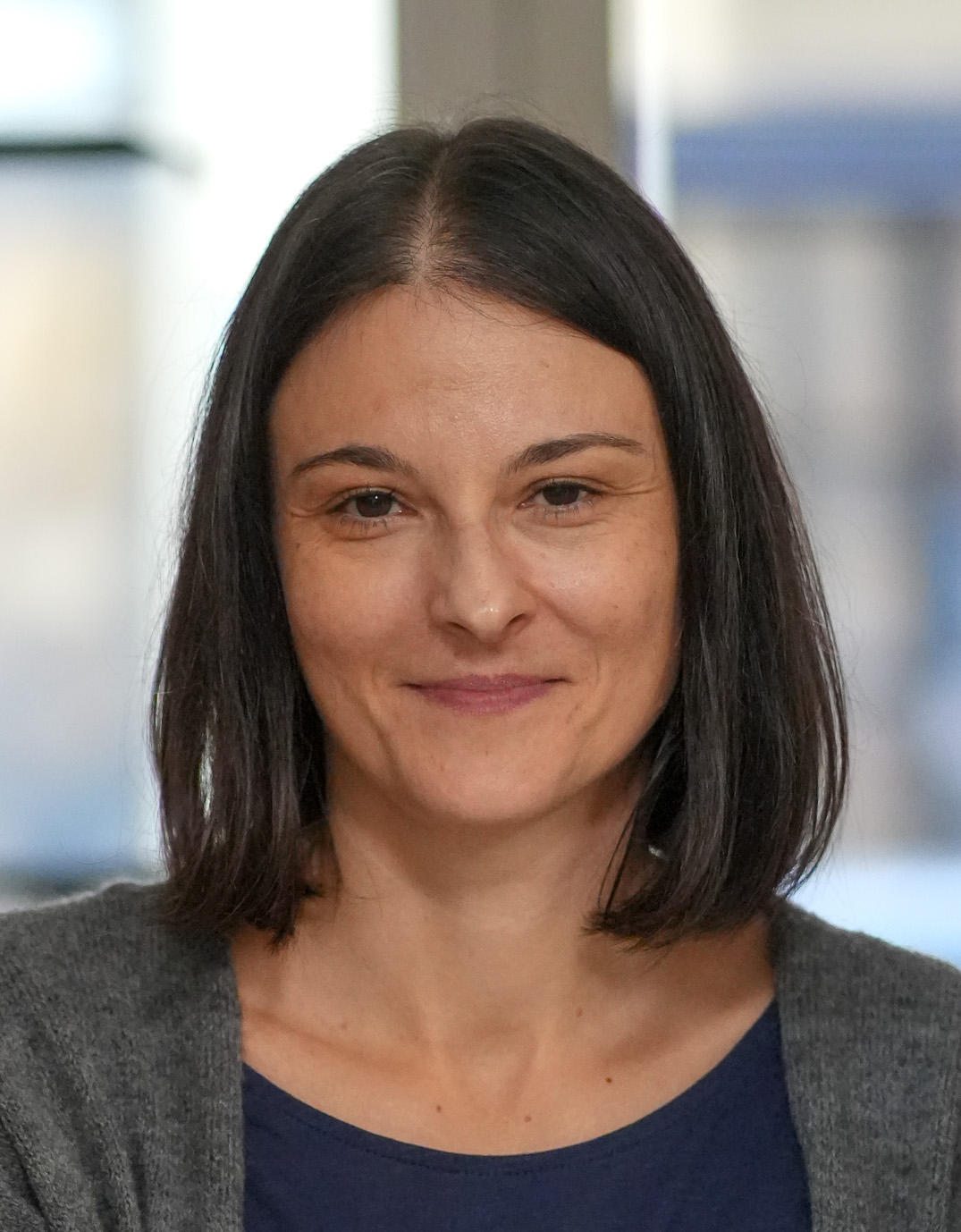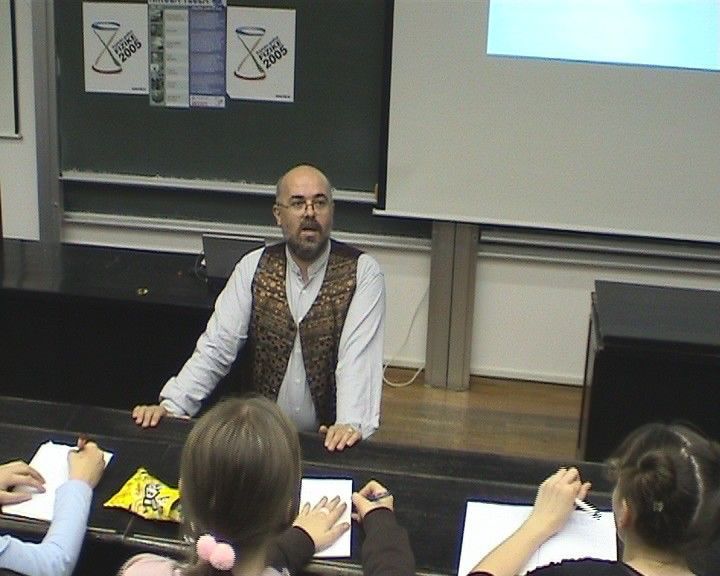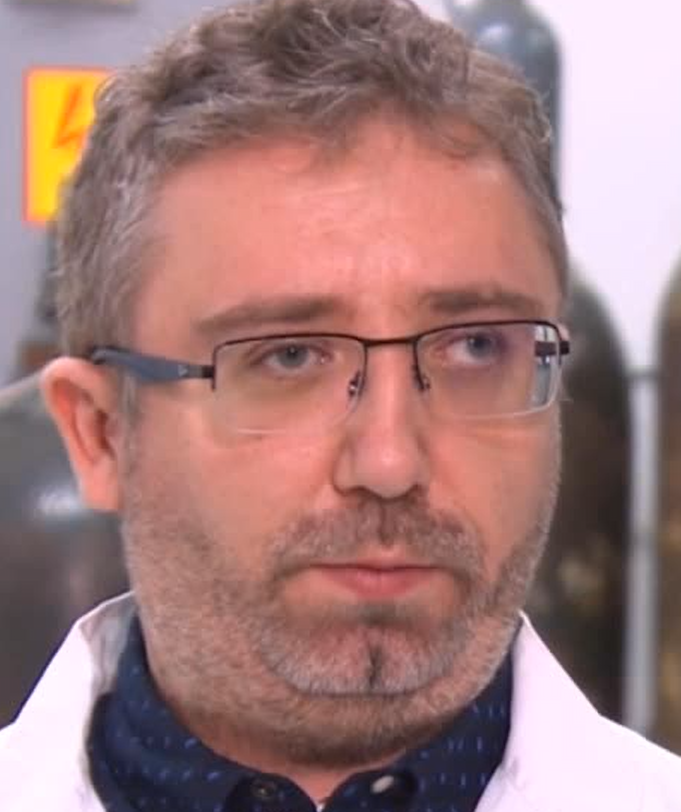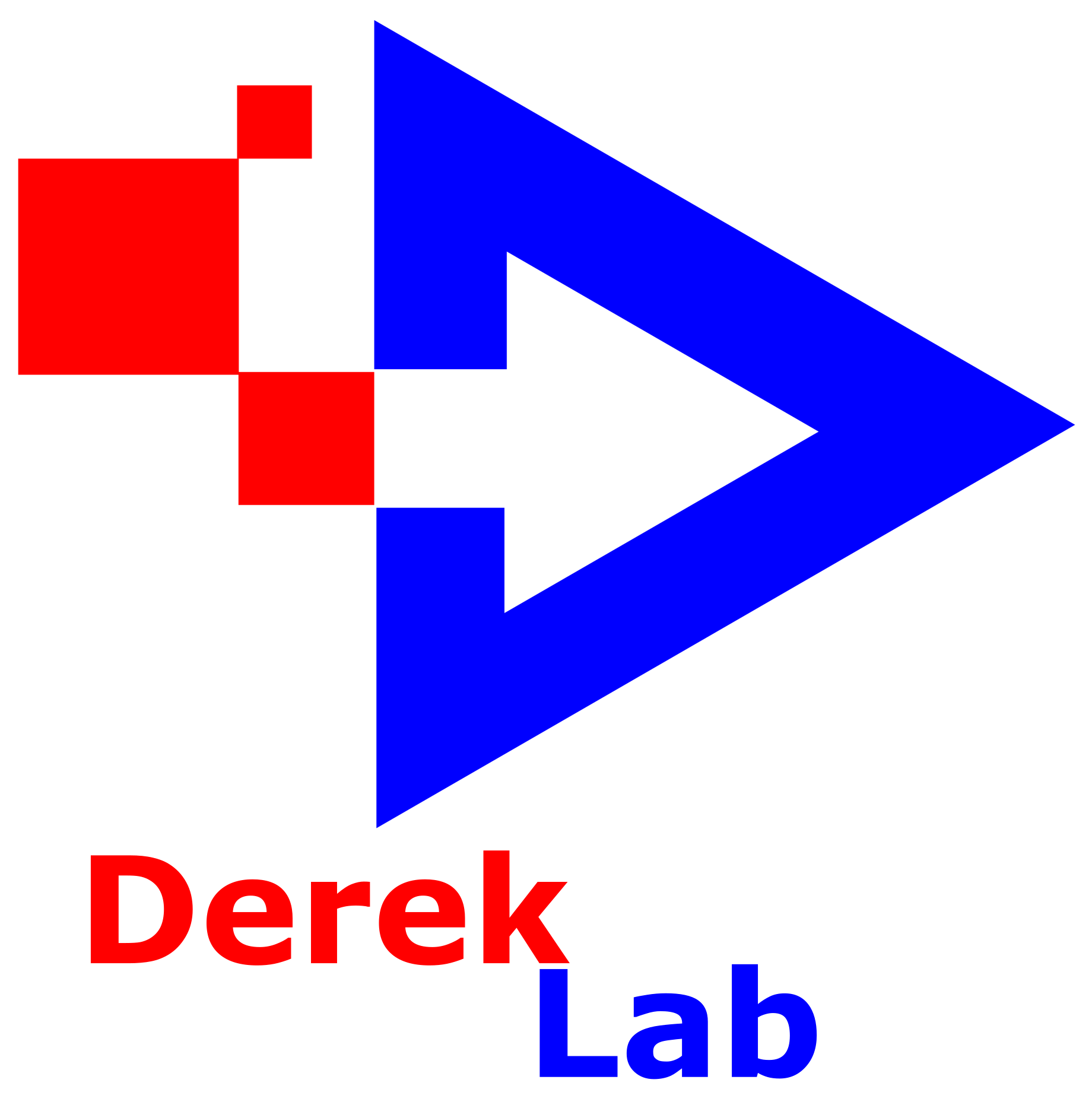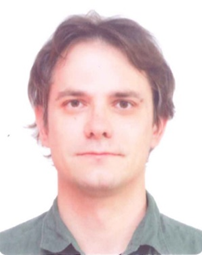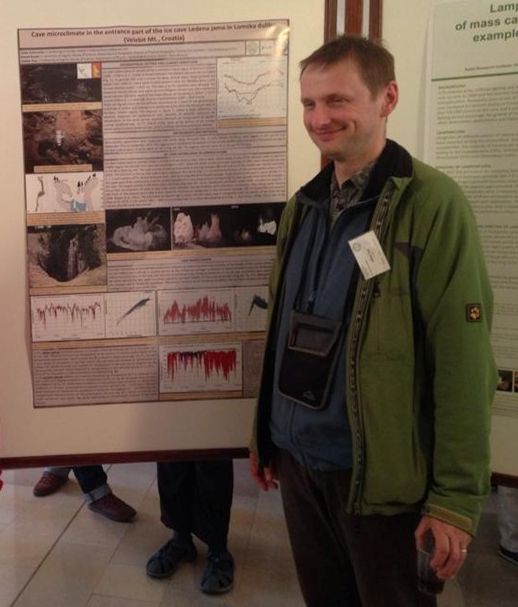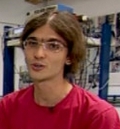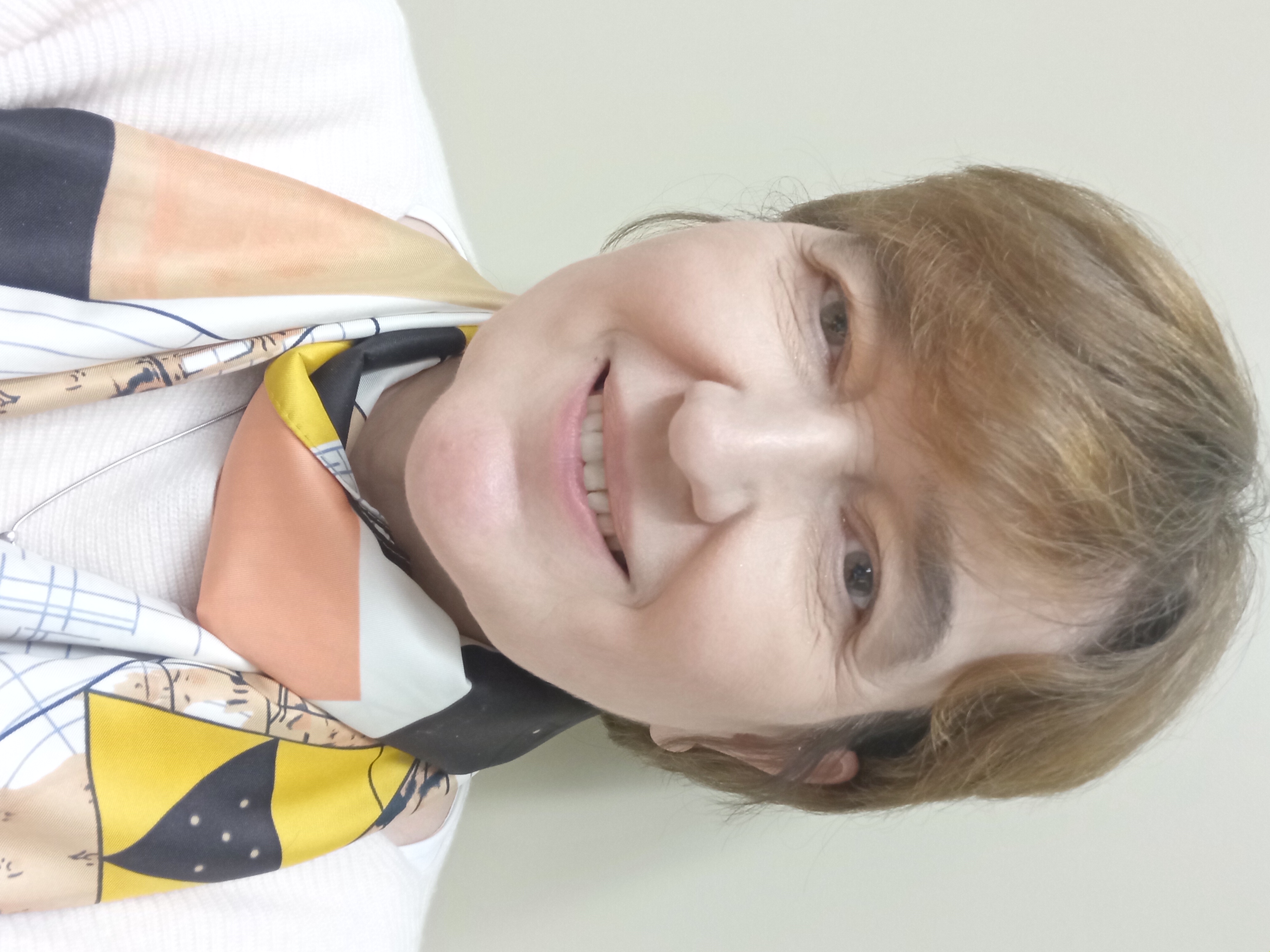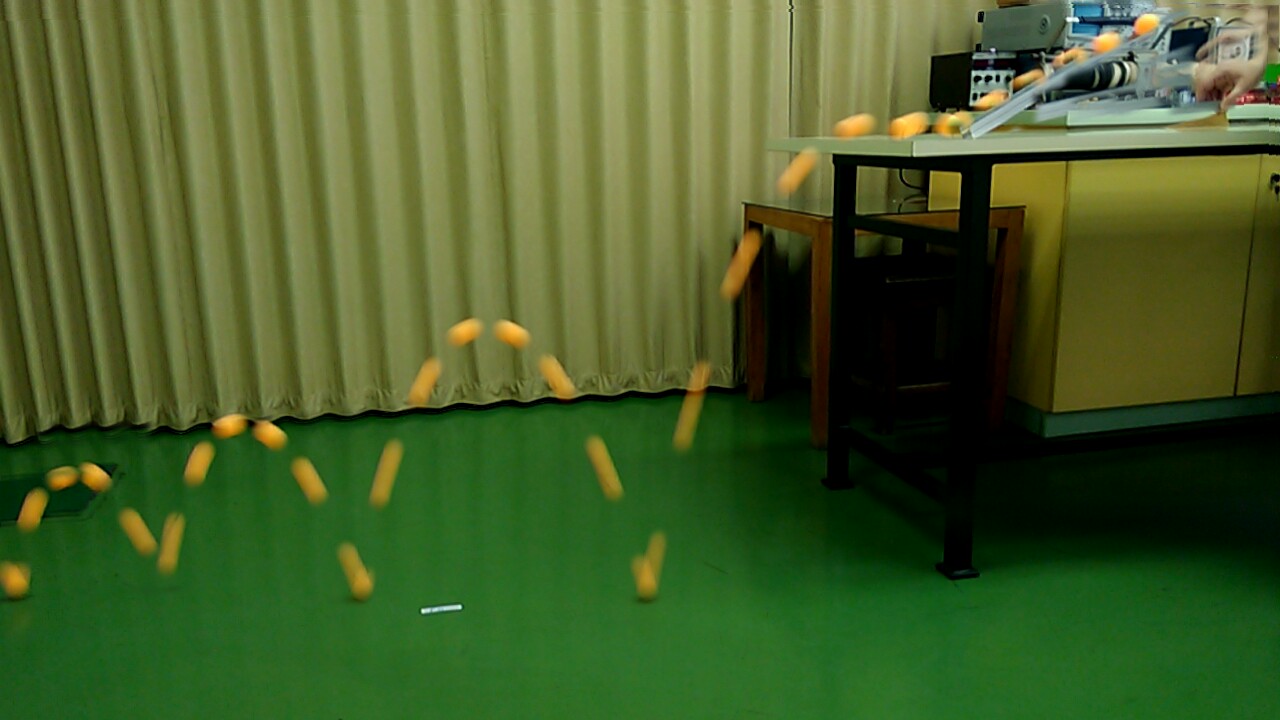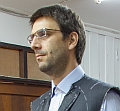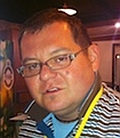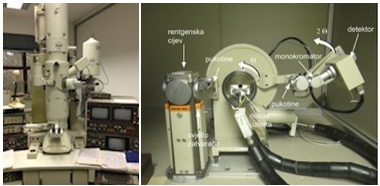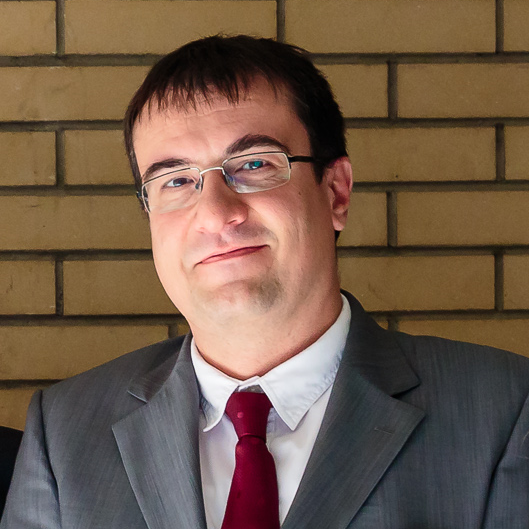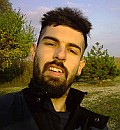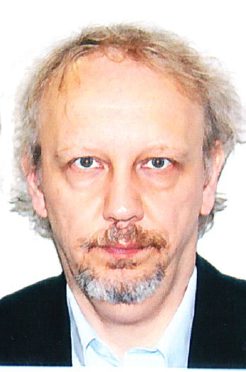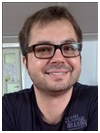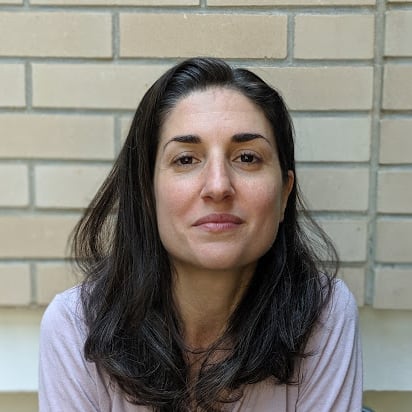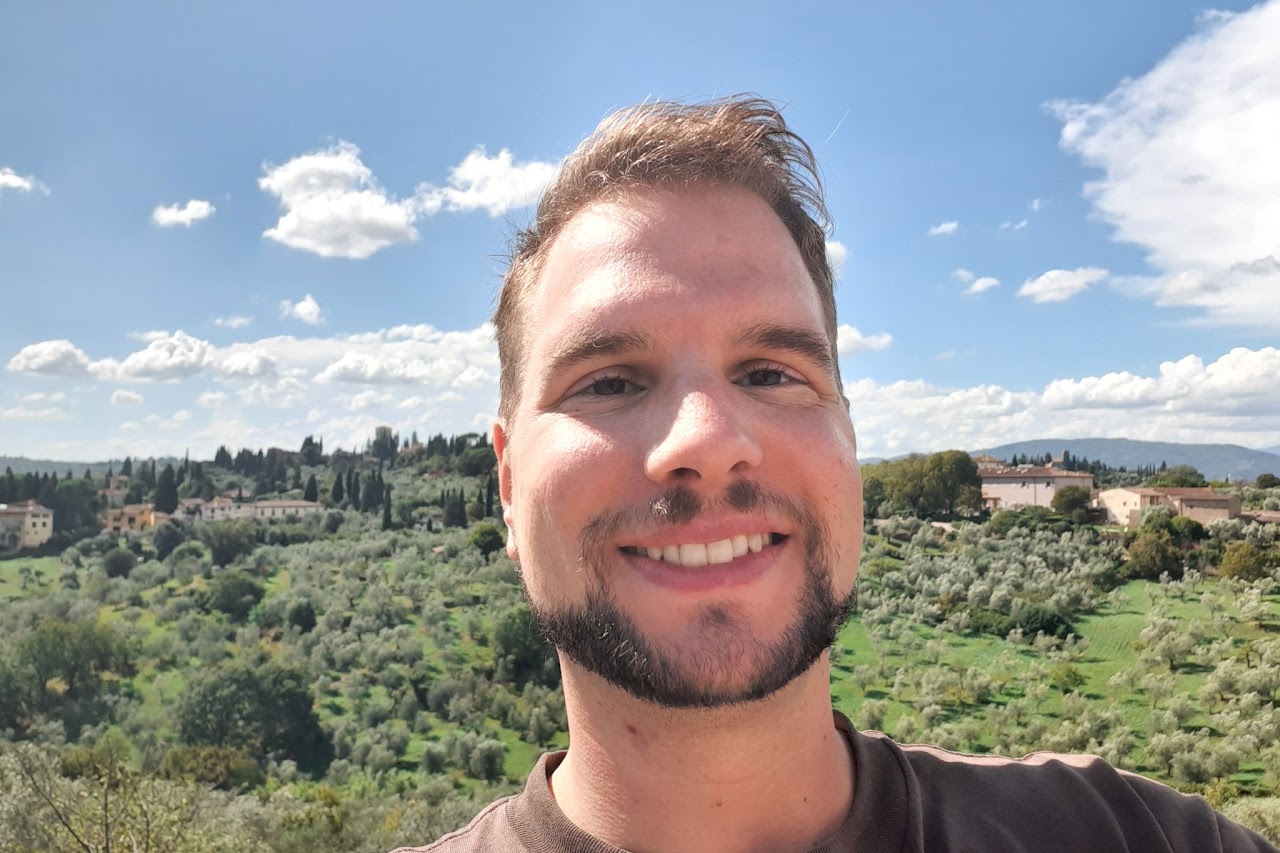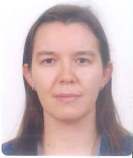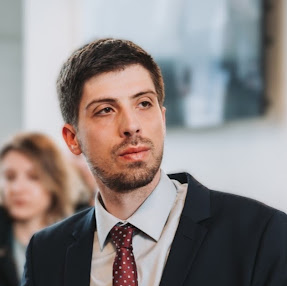|
|
- Topological materials - optical spectroscopy
|
 IR IR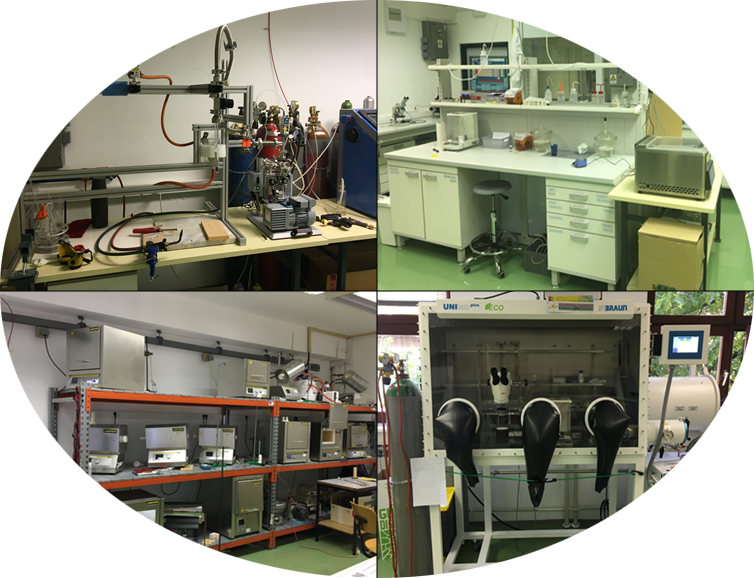 SPU SPU
|
|
|
- The primary focus of my scientific work has been the discovery and investigation of novel electronic materials, which are of both fundamental scientific interest and potential technological value. My research has consistently emphasized the preparation of materials, particularly in single crystalline form, alongside the development and application of advanced experimental techniques.
- I am primarily interested in systems characterized by strongly correlated electrons. I have been particularly drawn to materials that exhibit unusual phases and phase transitions under various conditions, such as applied or chemical pressure, doping, magnetic fields, and temperature. Consistent with my past work, my research has spanned the entire scientific process—from the synthesis and meticulous characterization of materials to in-depth studies of their physical properties. These investigations have utilized transport measurements, as well as advanced spectroscopic techniques, including optical conductivity, neutron scattering, and synchrotron-based X-ray methods. This integrated approach has enabled me to establish and maintain a broad international network of collaborators, facilitating access to cutting-edge methodologies and diverse scientific perspectives.
|
 IR IR SPU SPU
|
|
|
- Magnetotransport properties of low-dimensional conductors; Thin films
|
|
|
|
- Experimental nuclear physics: electron scattering on nuclei and nucleons, egzotic atoms, neutron captures on nuclei.
- The application of nuclear methods: materials, medicine and the environment.
|
|
|
|
- Professional work: Experimental physicist with a wide range of scientific and technical competence and skill, Experimental low temperature physics, transport, thermoelectric, thermodynamic and magnetic properties of materials, applied Chemistry. Competencies/Experience (1)- Synthesis of Topological insulator, Dirac and Weyl semimetal crystals, metallic glasses, nanocrystalline samples, Yba2Cu3O6+x crystals, conducting polymer polyaniline, (2) Using different chemistry lab equipment and techniques, (3) Different material properties and applications, (4) Data acquisition and analysis, (5) GPIB-interface, RS-232 interface, etc., (6) Mechanical and electronics engineering (7) MS Windows, MS Office, Linux, UNIX, OriginPro, KaleidaGraph, Latex, WR Mathemetica, LabView, HTML, C++, QBasic, etc.
- Research Interests (present & past) Quantum Matter, Fundamental Condensed Matter Physics: Strongly Correlated Electrons, Topological Phases of Quantum Matter, Emergent phenomena, Superconductivity, Kondo physics, ARPES, Resonant & Inelastic X-ray Scattering, Novel Spectroscopic Methods, Crystal Growth.
|
|
|
|
- Investigation of quark-gluon plasma properties on relativistic colliders
- Investigations of nuclei and nucleons using electron scattering
- Development of detectors and algorithms for experiments in nuclear and particle physics
|
|
|
|
- Experimental nuclear physics: light atomic nuclei structure and reactions
- Experimental nuclear astrophysics
|
|
|
|
- Magnetism in condensed matter, magnetic order, magnetism in reduced dimensions, nanomagnetism, magnetoelectric multiferroics, metal-organic hybrid magnets, molecular magnetism, single-molecule magnets, metallic glasses, high entropy alloys, measurement of magnetization under different/extreme conditions.
|
|
|
|
- The investigation of hadron systems using relativistic projectiles
|
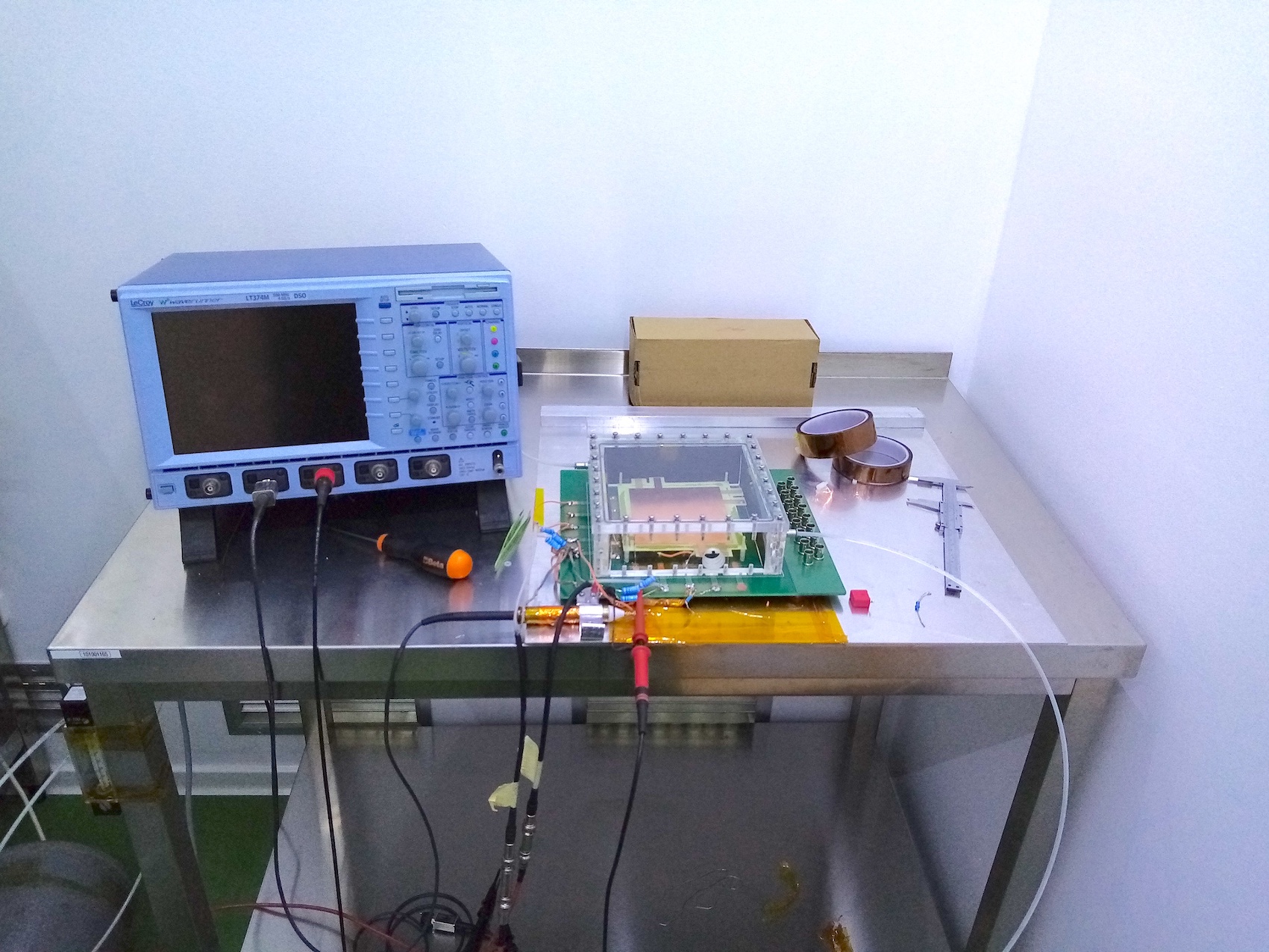 SVE SVE
|
|
|
- Strongly correlated electronic systems
- Condensed matter investigation by nuclear magnetic resonance methods
- High-temperature superconductor investigation by microwave response
|
|
|
|
- Observarional astrophysics, galaxy evolution
|
|
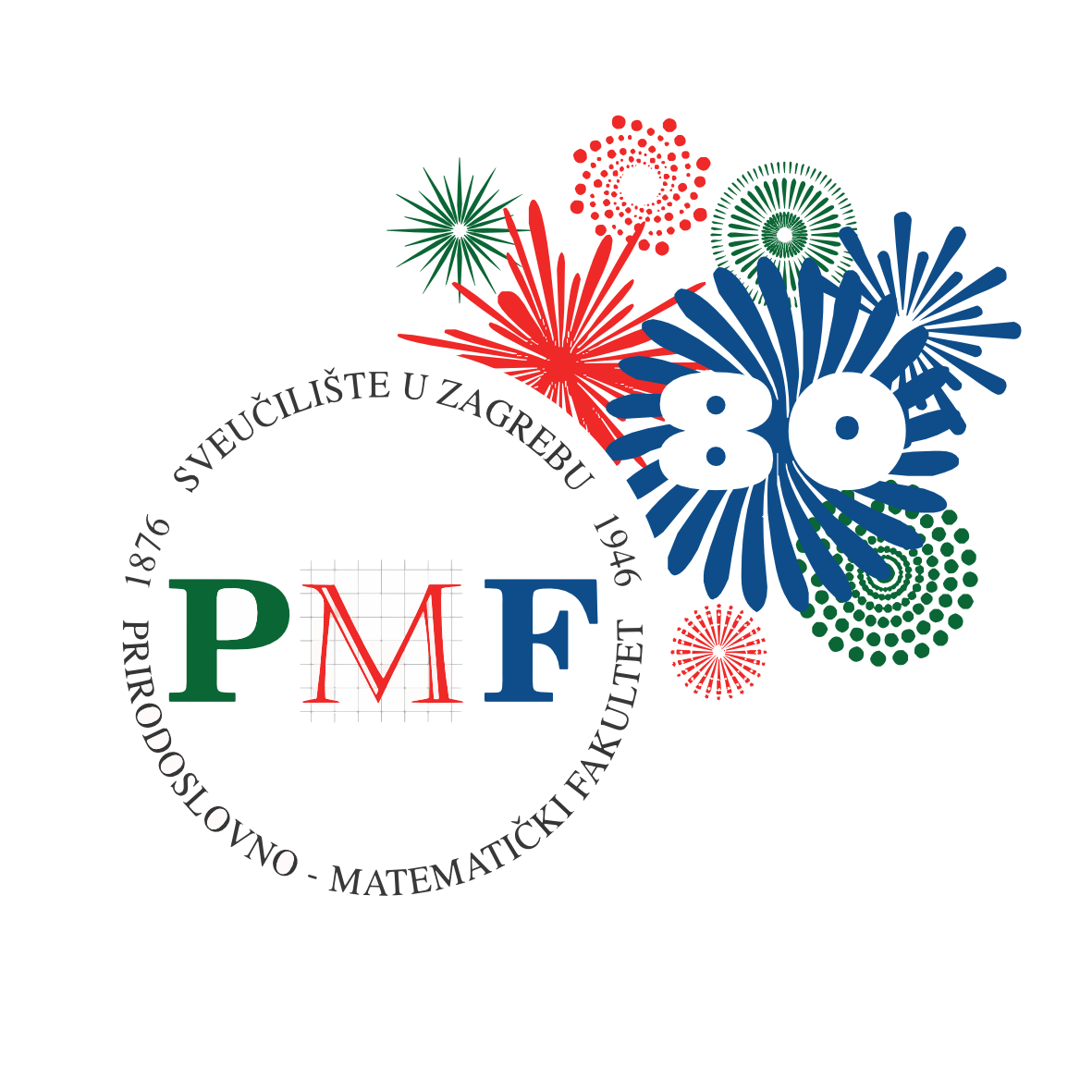
 Pristupačnost
Pristupačnost